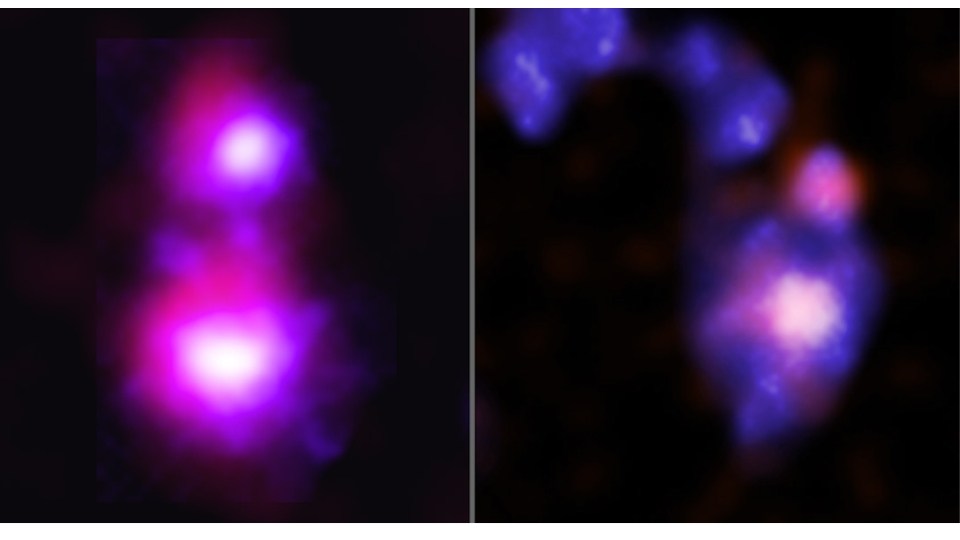A new study using NASA’s Chandra X-ray Observatory has revealed a surprising discovery – a supermassive black hole that isn’t living up to its reputation.
Quasars, a rare and extreme breed of black hole, are renowned for their ferocious appetite and intense activity. They devour material at an alarming rate, spewing out powerful jets and intense radiation that can outshine entire galaxies. This newly observed quasar, H1821+643, located 3.4 billion light-years away, harbors a black hole boasting four billion times the mass of our Sun. However, unlike its boisterous brethren, H1821+643 seems to be lacking in influence when it comes to its surroundings.
Astronomers have extensively studied the impact of more common, less active supermassive black holes residing in galaxy clusters. These black holes, through periodic outbursts of energy, act like cosmic thermostats. They prevent the surrounding superheated gas from cooling down too much, which in turn limits star formation and the overall fuel supply for the black hole itself. The influence of quasars within galaxy clusters, however, has remained less understood.
The research team, led by Dr. Helen Russell from the University of Nottingham, UK, focused on the hot gas enveloping H1821+643 and its host galaxy. Using Chandra, they meticulously removed the blinding X-ray glare from the quasar to reveal the properties of the surrounding gas. The observations yielded a surprising truth – the gas near the black hole was denser and cooler than expected. This behavior suggests a lack of significant energy input from the black hole, which would normally prevent the gas from cooling and flowing towards the cluster’s center.

“The black hole’s appetite is not matched by its influence,” explains Dr. Russell. “It seems to have relinquished much of the control exerted by more slowly growing black holes.” This discovery challenges our understanding of how quasars interact with their galactic clusters.
The cooler gas, estimated to be losing mass equivalent to 3,000 suns annually, is likely fueling two key processes:
- Star formation: The rapid cooling provides ample raw material for the observed rate of star formation (120 solar masses per year) within the host galaxy. This newfound abundance of cool gas could potentially trigger a baby boom within the galaxy.
- Black Hole Growth: Despite its subdued influence, the black hole still consumes a significant amount of matter – roughly 40 solar masses every year. This ongoing feeding frenzy is likely fueled by the very gas that’s cooling down around it. It’s a cosmic paradox – the black hole’s growth is indirectly facilitated by its lack of domineering influence.
The study also explored the possibility of the quasar’s radiation directly cooling the cluster gas. While this effect was confirmed, it appears insufficient to explain the observed rate of cooling.
The researchers believe this underachieving phase may not be permanent. As the black hole devours more material, it’s predicted to eventually ramp up the power of its jets, significantly heating the surrounding gas. This would ultimately slow down the growth of both the black hole and its host galaxy.
This discovery challenges our understanding of quasar behavior within galaxy clusters and highlights the need for further investigation into these enigmatic powerhouses of the universe. By studying outliers like H1821+643, astronomers can gain a more nuanced understanding of how black holes interact with their environments and influence the evolution of galaxies across the vast cosmic web.



















